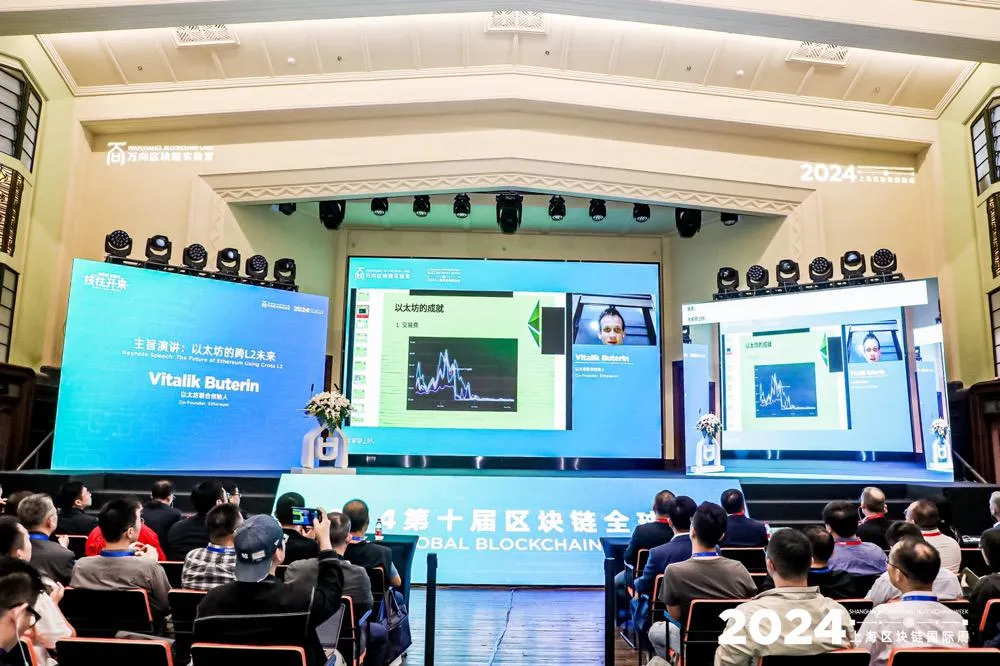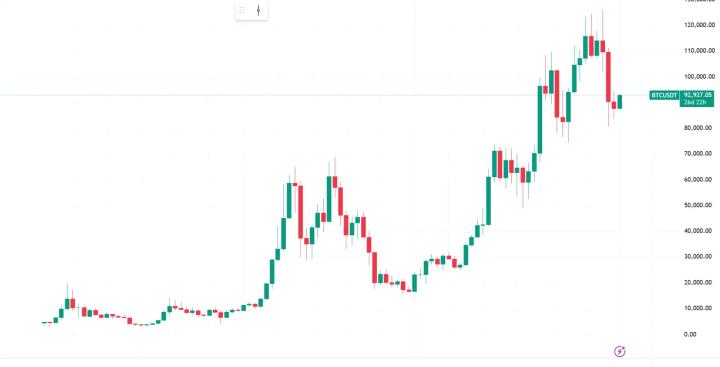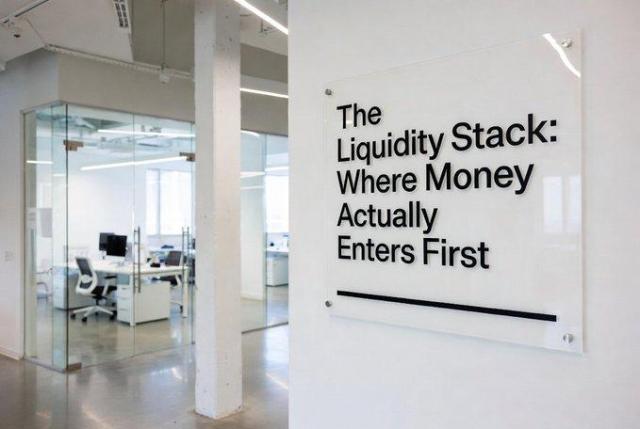Compiled | PANews (with some adjustments based on the original text)
Original link:
https://www.panewslab.com/zh/articledetails/tjxfwbpy.html
On October 17, the "10th Global Blockchain Summit" hosted by Wanxiang Blockchain Labs was officially held. Ethereum co-founder Vitalik Buterin delivered a speech at the event, reviewing the development history of Ethereum and looking into the future. He stated that Ethereum's future will achieve a transaction processing capacity (TPS) of over 100,000 through Layer 2 (L2) technology, and the transfer between any chain on Ethereum and other chains can be completed within 2 seconds, providing a more unified user experience. In addition, he also pointed out that the Ethereum infrastructure is expanding, and the security of cross-chain is more important than the EVM (Ethereum Virtual Machine).

The full text of the speech is as follows:
Good morning everyone!
The Ethereum project started in November 2013, and the Ethereum Foundation was established in 2014, with the mainnet launched in July 2015. Looking back on the past ten years, our main goal has always been to improve Ethereum's technology. If you've heard my speeches in 2015, 2016, or 2017, you might find that the content I talked about back then is not much different from now. In 2022, we completed the full transition from Proof-of-Work (PoW) to Proof-of-Stake (PoS). At that time, I also talked about scalability, privacy, zero-knowledge proof technology, and security issues. These are things we've been doing for the past ten years, and now we've made great progress in these areas.
How do we measure this progress?
First, it's the transaction fees. The transaction fees of Ethereum Layer 2 (L2) technology have been reduced. You may still remember that in 2020 and 2021, before L2, the Layer 1 transaction fees were very high, usually between $5 and $10, and I personally paid the highest fee of $800. By 2022 and 2023, L2 began to emerge, and the transaction fees were significantly cheaper than Layer 1, but still not cheap enough.
In March of this year, we proposed EIP-4844, which is an important concept aimed at providing more data space for Layer 2, allowing transactions to be processed at a lower cost. Through this mechanism, transaction fees have dropped significantly, from the previous $0.2 to $0.01. This dramatic fee reduction is crucial for many application scenarios. Both developers and users can benefit from this, and in the case of extremely low fees, developers can even bear the costs for users. This makes the success of Ethereum in social applications possible.
The second progress is the speed of transaction confirmation.
How long does it take for a transaction to be confirmed after you send it? Bitcoin's average block time is 10 minutes, and sometimes it may take 30 minutes or even longer. Ethereum's initial block time was 17 seconds, then adjusted to 4 seconds, and later to 12 seconds. Although the block speed has been increased, the design of Gas fees still has efficiency issues, and low-fee transactions may have to wait longer, possibly 5 minutes or even 30 minutes.
EIP-1559, launched in 2021, solved this problem. Now, 90% of the time, transactions are quickly confirmed after being sent, and the remaining 10% only need to wait a short while. These improvements have greatly improved the efficiency of Layer 2. In 2023 and 2024, our goal is to further reduce transaction costs and speed up confirmation times. By allowing Layer 2 nodes to quickly provide transaction confirmation feedback, users can almost know within 0.5 to 1 second whether the transaction has been successful.
The third important progress is the improvement of the user experience.
The Ethereum interaction interface in 2015 was very simple, such as EtherTweet, while the applications now, such as Firefly (which combines Farcaster, Twitter, and Lens), have significantly improved in quality. This demonstrates our tremendous progress in user interface and experience. It's worth noting that in some countries, such as Argentina and Turkey, more than 10% of the population hold digital currencies, but most people use these digital currencies through centralized services because centralized trading platforms provide free and fast transfer services and have good user interfaces. If we want these users to switch to using blockchain and fully utilize its trustless nature, we must improve the user experience of decentralized applications.
Smart accounts and account abstraction technologies are also constantly improving. For example, Safe is a widely used multi-signature wallet, and ZKEmail is a zero-knowledge proof-based email application where users can manage and verify account information through Ethereum smart contracts. These technologies have greatly improved user security and privacy.
The progress of zero-knowledge proofs is also exciting. From talking about zero-knowledge proof technology in 2015 to it becoming a part of practical applications now, the process has been remarkable. Early Zcash transactions might have taken 90 seconds or longer, and now this process only takes 1 second on a mobile phone. Applications like Zupass, a zero-knowledge proof-based identity application, and Rarimo, which verifies passport information, are providing possibilities for various applications.
We have also seen a significant improvement in wallet user experience. In the past few years, blockchain technology has progressed to the point where we can develop applications aimed at mainstream users, which was unimaginable five years ago.
Future Challenges and Directions
Although we have made a lot of progress, Ethereum still faces some important challenges. Ethereum's ecosystem is now like a 30-year-old person, maturing. We need a unified ecosystem to make cross-chain transfers simpler and more secure. Currently, users need to go to specific websites to perform complex operations, and a slight mistake can lead to errors. The introduction of the ERC-7683 protocol can help simplify the cross-chain transfer process. Combined with this protocol, sending assets will become more convenient.
Light clients are also an important development. Currently, most users interact with the blockchain through RPC nodes, which are centralized and trust-based. Helios is an L1 light client project, and if we integrate it into the Ethereum and Layer 2 framework, we can achieve a more decentralized light client solution.
Zero-knowledge proof technology has moved from theory to practice in the past five years, and now there are many on-chain and off-chain applications. For non-financial applications, Gas fees are still an issue, as non-financial applications have large transaction volumes and high frequency, while financial applications are mainly focused on payments. Blockchain may not be able to handle all the needs of non-financial applications, but it can be combined with off-chain parts to achieve better results.
Looking to the Future of Ethereum
We have several important goals:
1. Achieve over 100,000 TPS transaction processing capacity through L2.
2. Realize cross-chain transfers between any chain on Ethereum and other chains within 2 seconds.
3. Provide a unified user experience.
4. Ensure that the security of cross-chain is a priority over EVM.
Ethereum technology is constantly expanding, and EVM is still important, but secure cross-chain will be a key direction for future development. In the future, we will have many technologies to try. If you've had some ideas that you haven't been able to implement, now might be a good time to try again. New technologies are bringing us possibilities that were previously unimaginable.






